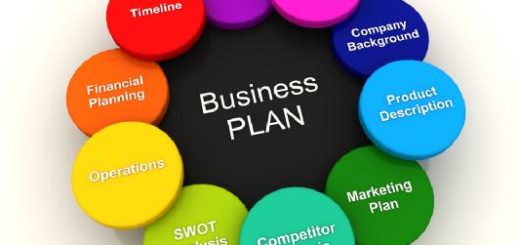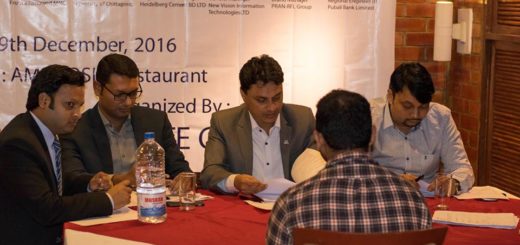Occupational Safety
Occupational Safety
by
Noman Bin Zahiruddin
Chief Executive, talent management.
Treasurer, Bangladesh Society for Human Resources Management.
Ex-Operations HR Manager, COATS Bangladesh Ltd.
Ex-HR Manager Lafarge Surma Cement Ltd.
Occupational safety or workplace safety is concerned with safety and welfare of people engaged in different physical work. Aiming to protect employees, family members, employers, customers and stakeholders who might be affected by the workplace environment; occupation safety is largely working with.
Our experiences and present safety condition;
Very tragic and real incidents will say about the safety condition; Ammonia Tank blow, Collapse of under construction span of flyover, Rana Plaza Incident, Tazrin Fashion incident. The latest Tampako explosion. I will not describe. Let us recap on live telecast and media report, news headlines, hourly update and daily newspaper heading with tragic photographs. Feel the sorrow, grief and painful urge of the victims!
To embed safety culture we face few hurdles, like as;
Lack of awareness, ignorance and carelessness are very common phenomenon of our general workforce. We love to take chance. We say chance by luck. People take risk without knowing consequences and result. “I do not know” very simple self-statement. The grate indication of ignorance. General workforce do not try to learn and they do not get scope as well. The main reason of mentioned hurdle is poor education and literacy level of the workforce.
Lack of safety understanding is considered as a major hurdle of embedding safety culture. Our workforce are not well training in large scale of heavy operation. This generation did not get scope of learning and skill development.
Let us not give up hope for the best;
Now a days, Safety Standard, Safe man-hour and working environment are significant indicators of employees’ productivity, organizational performance and growth. Stock and share price increases or declines on the statistics of Safety. Higher accident rate is a business threat. Failing to confirm people safety impacts market proportion, sales and product life cycle. Any organization, set goal for a performance year before head. With any operational KPIs, Safety KPIs are considered as mandatory KPIs. It is linked and distributed to all employees personal KPIs as well. Hence, directly organization confirms people safety and process safety. In our country this practices started through the culture of multi-national companies. Following MNCs a good numbers of local corporate houses are maintaining sustainable safety standards.
Numbers of good practices can be mentioned herewith, like as;
Standard operating procedures covering Safety aspects and impacts. SOP illustrates working process, required skills & training for the operators, maintenance schedule, emergency preparedness, etc. Knowing and obeying working process organization and operators confirm product quality and safe operation without any accident.
Risk Assessment (RA) helps to assess hidden and unknown risks of any operation. RA helps to take precaution and to take correctives during operations. Preparing Hazards list, sharing among the team members and arresting hazards are the result of risk assessment. RA is a job of a team; combination of experts and operational staff. This document is live and need periodical assessment and review.
Third good practice can be named as Permit to work (PTW), which confirms necessary preparedness during preventative or emergency maintenance work. PTW will help to identify required Personal Protective Equipment (PPE) which are mandatory during commencement of the job.
A common saying, “if you fail to plan you plan to fail”. To protect people and product organization plans to observe Safety month/week in a festive manner. Organizations organize different types of engagement and awareness events, like; reporting hazard, unsafe act, unsafe condition and near-miss. Motivational events are there like; road show, drama, making of video clips, short movie, etc. these help to build up awareness remarkably.
Let us lead the change;
“None can destroy iron but its own rust can. Likewise, none can destroy a person but its own mindset can” – Ratan Tata. To embed safety culture you need to change your mindset. The traditional way of working will not allow you to improve safety culture. You need to think “out of the box” i.e. in a different way.
Reporting of 3000 unsafe act will protect 300 near-miss, reporting of 300 near-miss will protect 30 first aid accident and reporting of 30 first aid accident will protect 01 fatality. This is the thumb rule of Heinrich Iceberg Theory. The reason I am describing the theory, to prepare your mind to adopt, the culture of reporting on any incident or accident. This change in mindset will transform our working condition from an unsafe to safe working environment.
Dream Large! We dream of a very big thing. We are working to transform our dream into reality. The reality of self-dependent and sustainable developed country. We dream to put Bangladesh at first position.


